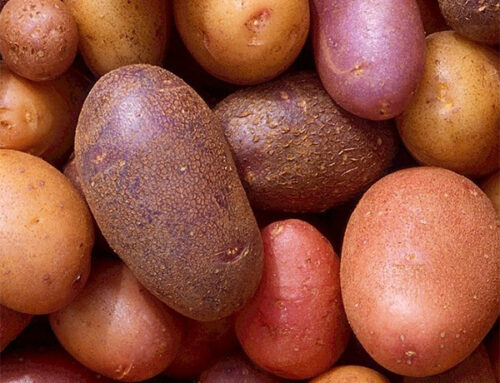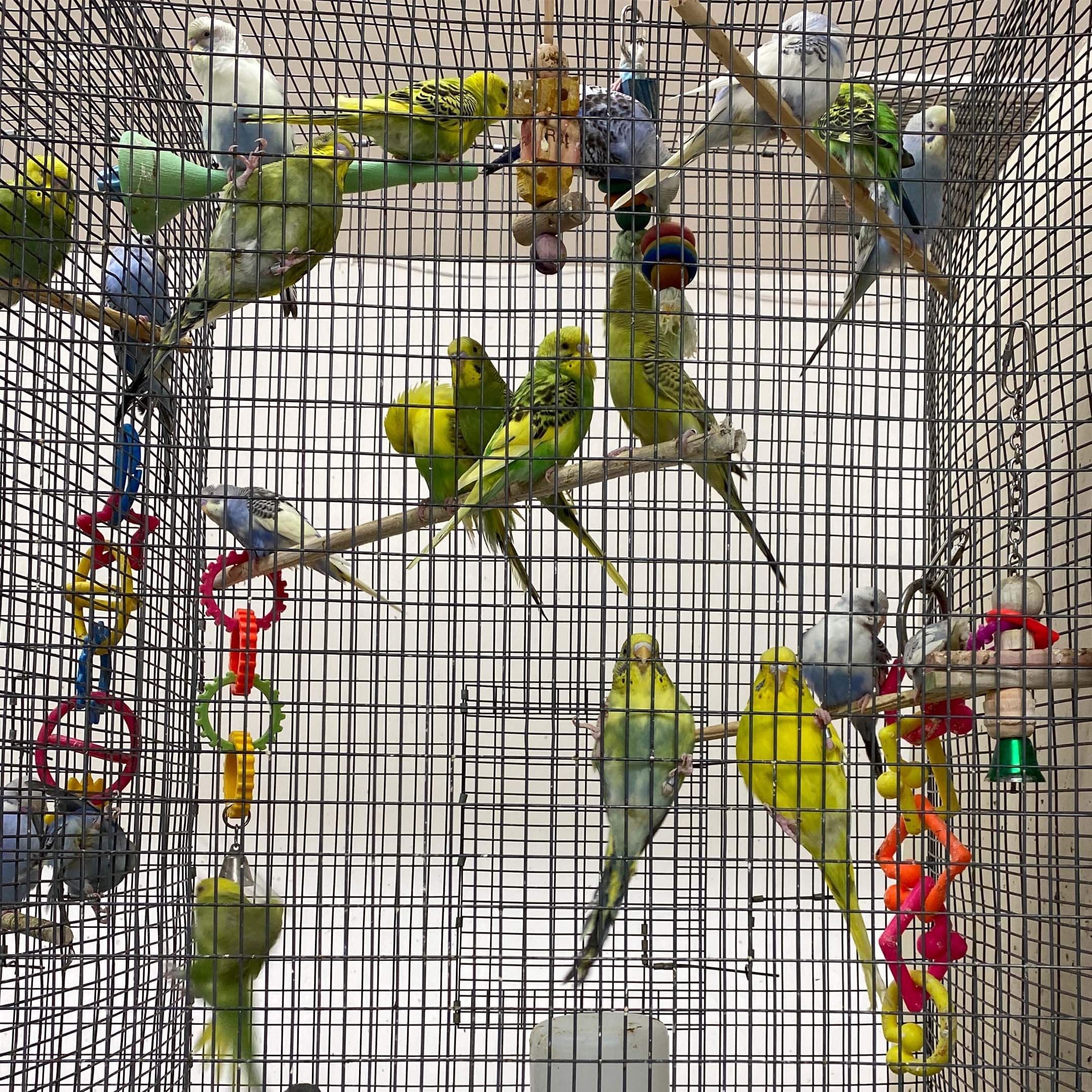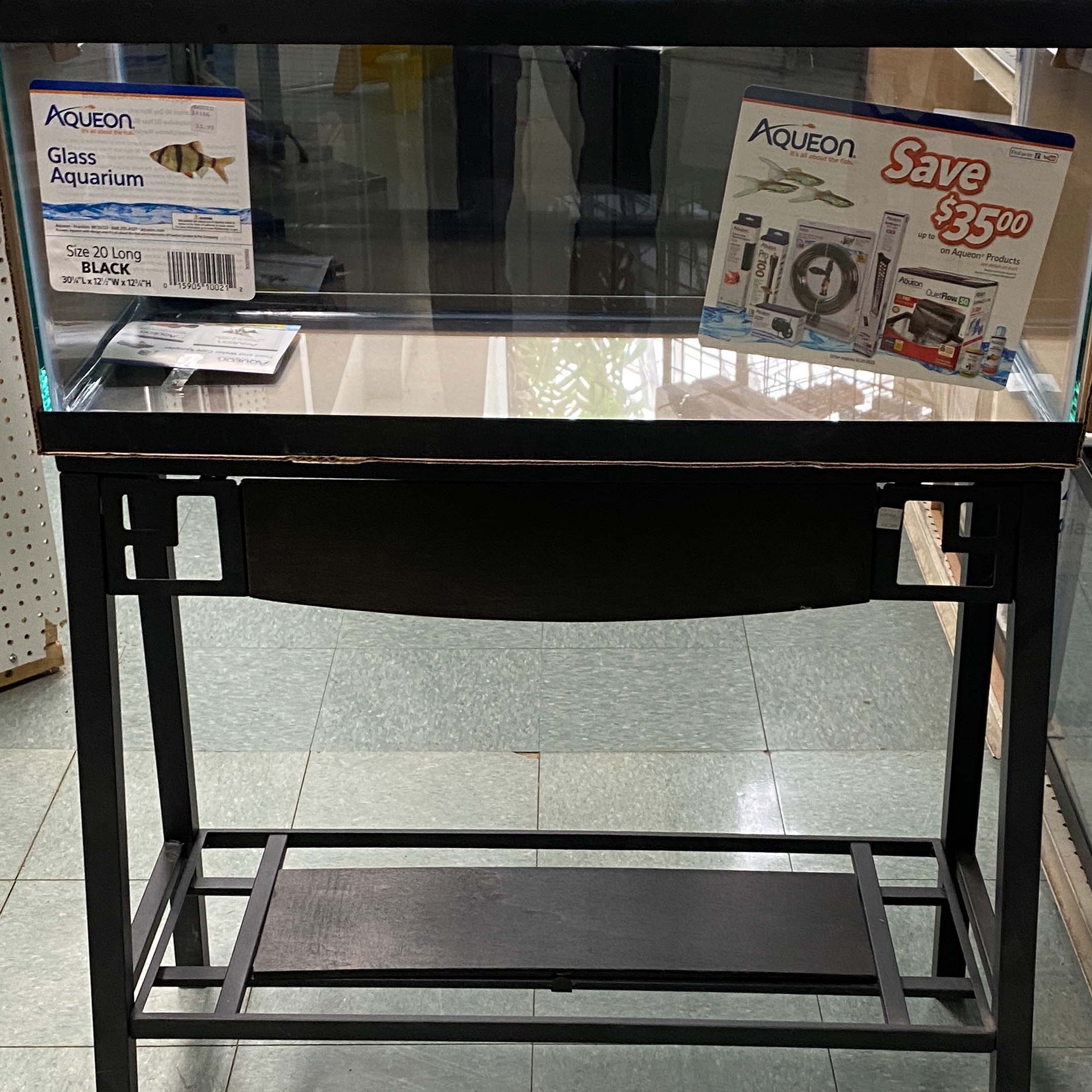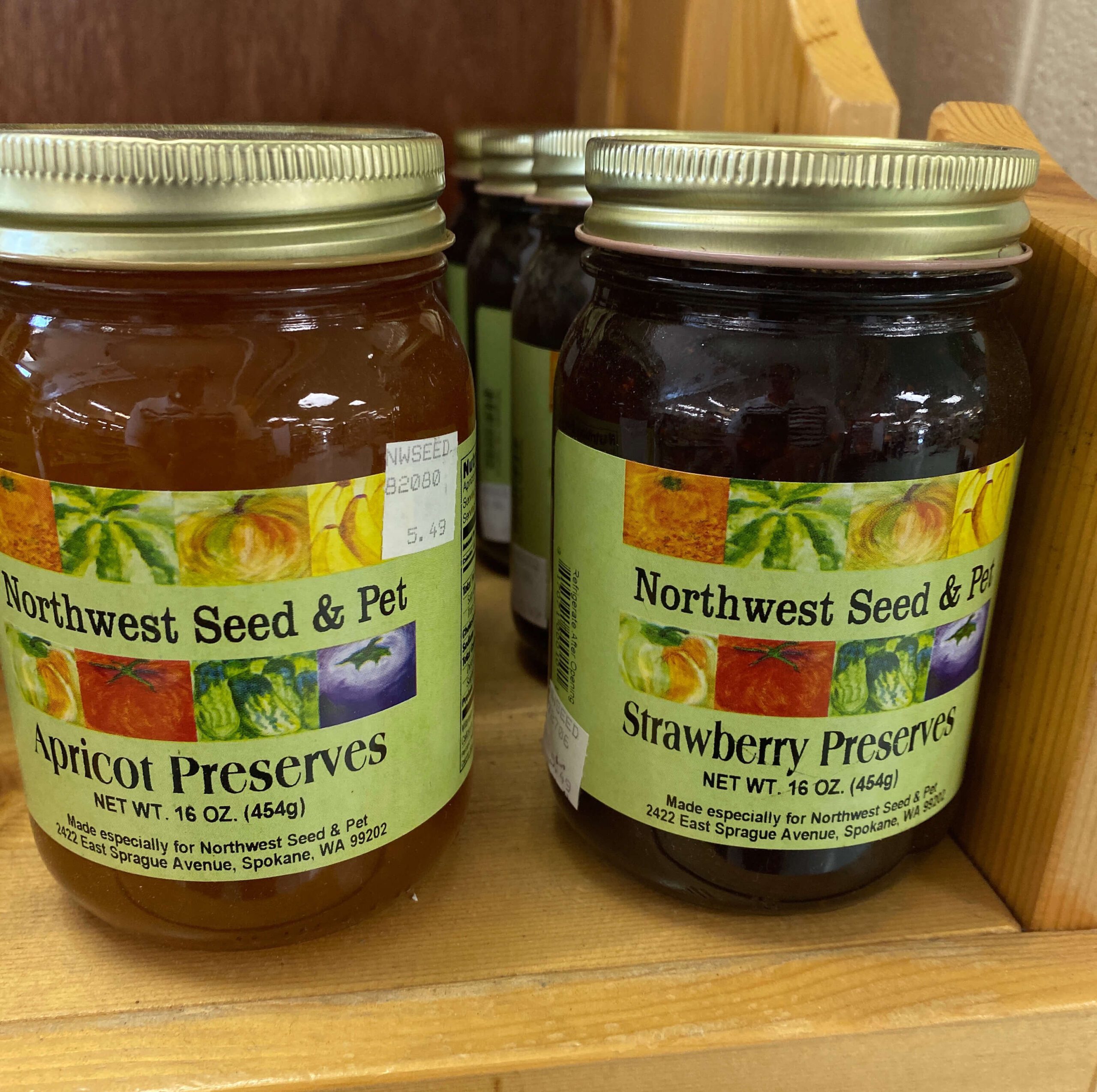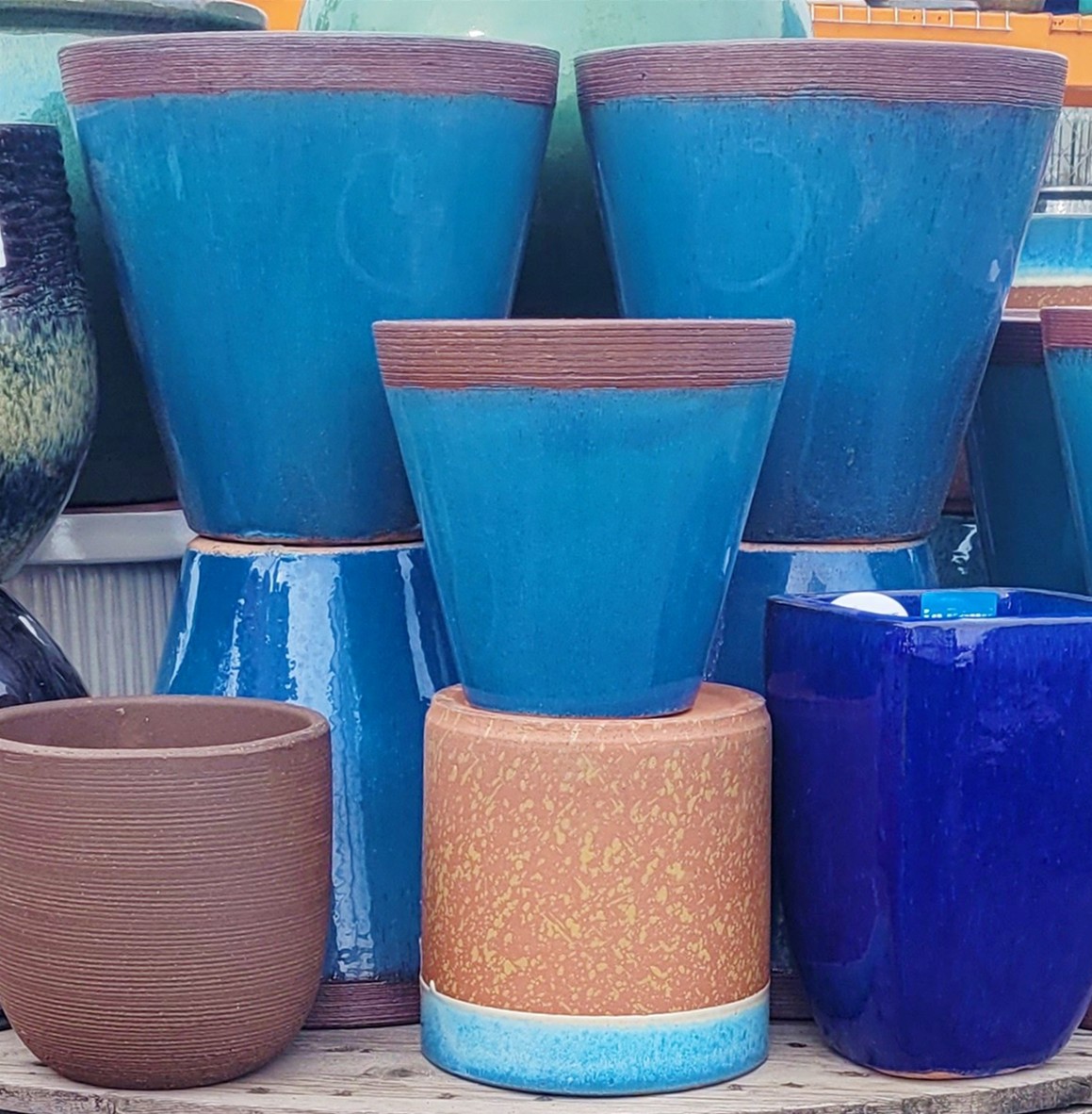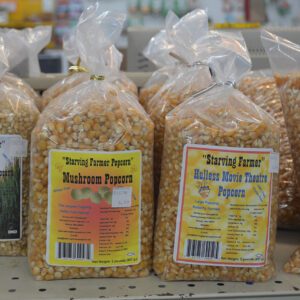Garlic Growing Instructions
To Buy Garlic please visit our E-commerce store here.
Garlic is usually planted in October in the north and from November through January in the south. Northern growers should plant four to six weeks before the ground may freeze in order to insure good root growth prior to winter. If your winters are too long and extreme then softneck garlic can be spring planted.
Break bulbs apart into individual cloves within a few days of planting and plant the scar end down, one to two inches deep. Plant Elephant Garlic four to six inches deep. Mulch immediately. Remember big cloves yield big plants and bulbs while small cloves yield small plants and bulbs.
Garlic likes a rich, well drained soil. It doesn’t do well in light or tight soils that lack organic matter and tilth. Hardneck ophio garlic is fussier about soil nutrients and texture than are softnecks. Hardnecks prefer cold winter climates while Artichokes are the most adaptable garlic. Silverskins prefer both rich soil and mild winters.
In spring when plants are growing green leaves, water like any garden green. Nitrogen is appreciated at this stage of growth. When days lengthen and the temperature climbs (mid-May for us), garlic is finished growing green leaves and ready to become a bulbing plant. Small, weak plants at this stage will produce small bulbs no matter what you do.
Taper water off a bit. As harvest approaches, don’t keep the topsoil wet too long at a time or bulbs may mold or stain. Hardneck garlic sends up a flower stalk in early June. About one week after the stalk begins to turn woody and loose its coil, and as it begins to stand up straight, the stalk should be cut off at the top plant leaf. This redirects energy downward into the bulb.
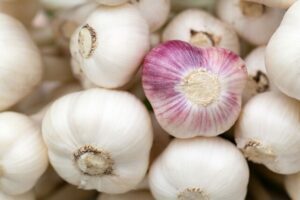
PublicDomainPictures / Pixabay
As harvest approaches, plants begin to dry down from the lowest leaf up and from the leaf tips downward, one leaf at at time. We harvest when approximately sixty percent of the leaves are still green. Bundle in groups of five to ten plants and hang inside, out of direct sunlight and with good air circulation. Don’t leave freshly dug bulbs in direct sunlight more than a few minutes or they may sunburn (literally “cook”). The plants and bulbs cure completely in two to three weeks in dry climates, but may need fans and heat sources in wet climates. When completely cured, the neck may be cut about one-half inch above the bulb without any moisture being apparent. We trim roots and necks to one-half inch length and store in netted onion bags.
Most garlic stores well at room temperature. Temperatures of 42° to 52° F will cause sprouting. Temperatures in the 30’s are OK for table stock, but planting stock should not be stored very long at cold temperatures.
The type of garlic is also a factor. Rocamboles and Purple Stripes are the shortest storing garlic’s (3 to 6 months). Porcelain and Artichoke types store 6 to 9 months. Silverskins often store one year or longer.
Rocamboles have a tendency to dehydrate in storage if humidity is below 50%. We prefer 60% to 70%. Softnecks will do well at low or high humidity, but keep in mind that softnecks take longer to cure because they have layers of cloves. Big bulbs, in particular, tend to appear dry while retaining moisture in the bulb center and they rot at high humidity unless fully cured. Humidity over 70% can also cause swelling of root nodules in most garlic.






